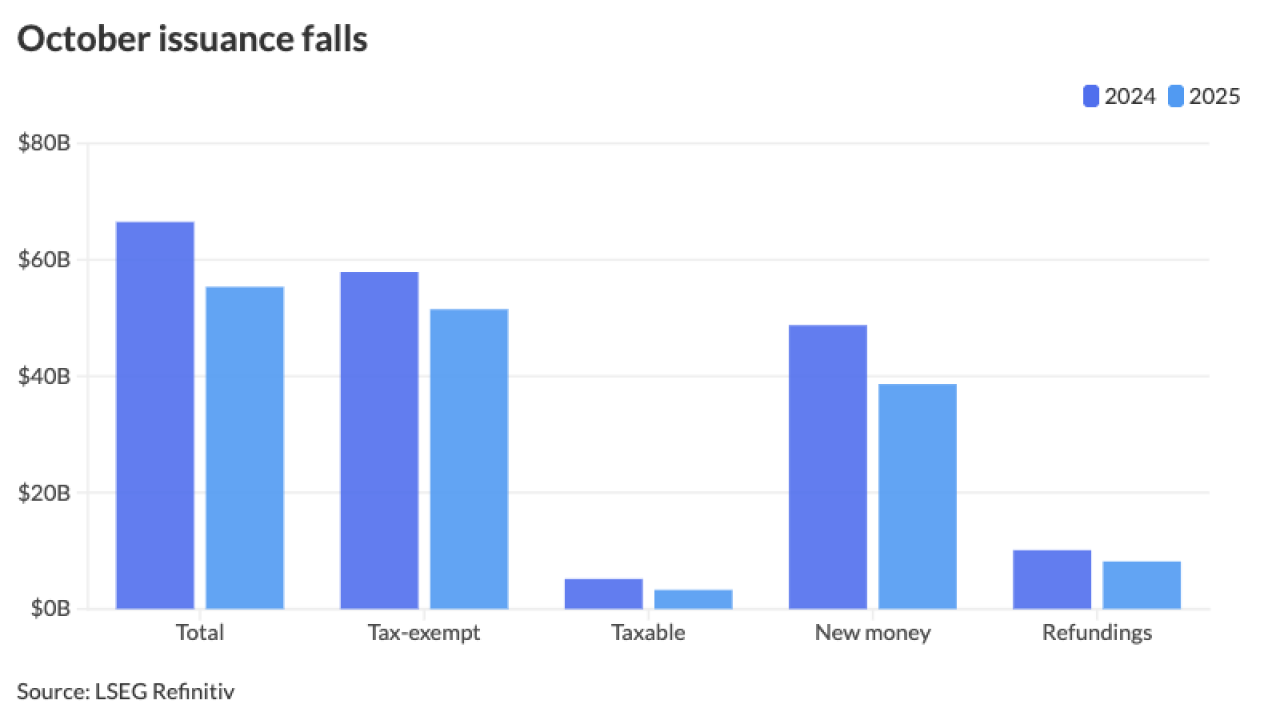WASHINGTON — The Governmental Accounting Standards Board released a guide last week designed to help taxpayers and others glean useful information from school districts’ financial statements.
Such documents can be complex, lengthy and difficult to navigate.
GASB’s guide, “What You Should Know about Your School District’s Finances: A Guide to Financial Statements,” can help readers find information to make decisions such as where to live or start a business, where to send their children to school or whether to invest in a district’s municipal bonds.
GASB said the document targets those who are not accustomed to reading districts’ financial reports, such as taxpayers, parents, investors, teachers, school board members and educational advocacy groups.
The guide’s author, Dean Mead, GASB research manager, said school districts’ financial statements can be several hundred pages long and include a host of disclosures, schedules and notes.
“The average person, without reading this guide, probably isn’t going to get a heck of a lot out of [financial statements],” Dean said. “Disclosures and supporting schedules have tremendously valuable information, but one could easily get lost if they didn’t know … what to look for.”
Mead said the guide, in its second edition, highlights “important guideposts” in financial statements, calling attention “to numbers that speak most directly” to the district’s financial health. It shows readers where to find a school district’s assets, liabilities, net positions and cash flow, as well as details about general funds, long-term liabilities and other outstanding debt.
It also points users to notes in the statements, where more details can be found, such as the value of individual capital assets like athletic fields or school administration buildings.
The information can help users determine whether a school district’s financial health is improving or worsening.
“The guide gives you a sense of what direction the numbers point in, but leaves it up to the reader to make their own conclusions,” Mead said.
GASB updated the guide, originally published about 12 years ago, in response to changes in accounting standards. For example, financial statements now include details about retiree health care costs, and standards for reporting government funds and derivatives have changed, Mead said.
GASB is currently working on two other financial guides. One, called “What You Should Know about the Finances of Your Business-Type Activities,” is a guide to financial reports of governments’ business-like activities — those that charge fees in return for services, such as airports, public hospitals and universities, and utilities.
The other, a second edition of GASB’s “An Analyst’s Guide to Government Financial Statements,” is a more comprehensive guide to government financial statements, designed to be used by analysts and others who have experience reading financial statements. Mead said the “Analyst’s Guide” is due out in June.
GASB, which is administered and funded by the Financial Accounting Foundation, sets accounting standards for almost 90,000 local and state governments in the United States, including more than 13,000 public school districts.





